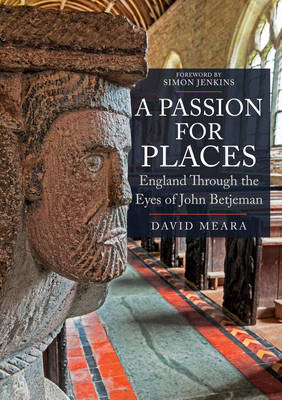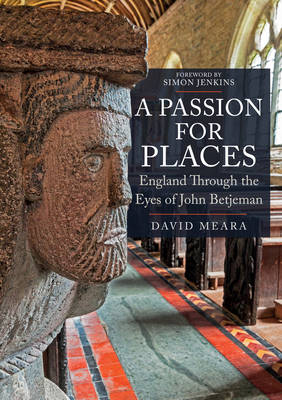
- Afhalen na 1 uur in een winkel met voorraad
- Gratis thuislevering in België vanaf € 30
- Ruim aanbod met 7 miljoen producten
- Afhalen na 1 uur in een winkel met voorraad
- Gratis thuislevering in België vanaf € 30
- Ruim aanbod met 7 miljoen producten
Zoeken
€ 22,45
+ 44 punten
Omschrijving
Sir John Betjeman was born at the start of the twentieth century, and lived to become Poet Laureate, an accomplished writer and campaigner, and something of a national treasure. All his life he loved churches, which are woven into his poetic output. He carried out a number of examinations of churches and architecture, telling a journalist in 1955 'If I have a mission, it is to show people things which are beautiful so that they will very soon realise what is ugly. When you look at things, instead of just looking through them, life starts absolutely crackling with interest and excitement.'Now, Betjeman's particular way of looking at churches is in danger of being lost in the face of a more academically driven and forensic art-historical approach. This book picks out some of the buildings, especially churches, which Betjeman was particularly fond of. It highlights and celebrates Betjeman's more poetic, parochial and personal response to the built environment, and his evocation of the English parish church through the ordinary and the charm of hassocks, old incense and oil lamps.Highlighting his religious, aesthetic and social pre-occupations, this book is both gazetteer and commentary on his own particular vision of England and architecture, which deserves to be celebrated afresh.
Specificaties
Betrokkenen
- Auteur(s):
- Uitgeverij:
Inhoud
- Aantal bladzijden:
- 96
- Taal:
- Engels
Eigenschappen
- Productcode (EAN):
- 9781445687100
- Verschijningsdatum:
- 15/02/2022
- Uitvoering:
- Paperback
- Formaat:
- Trade paperback (VS)
- Afmetingen:
- 166 mm x 236 mm
- Gewicht:
- 317 g

Alleen bij Standaard Boekhandel
+ 44 punten op je klantenkaart van Standaard Boekhandel
Beoordelingen
We publiceren alleen reviews die voldoen aan de voorwaarden voor reviews. Bekijk onze voorwaarden voor reviews.











